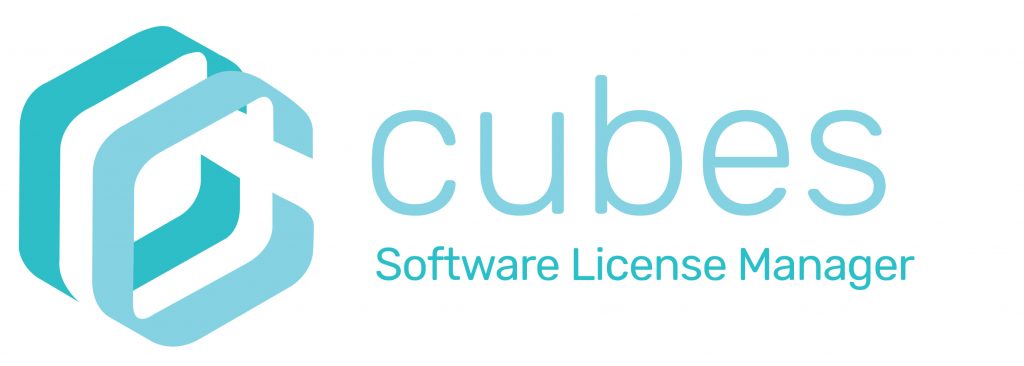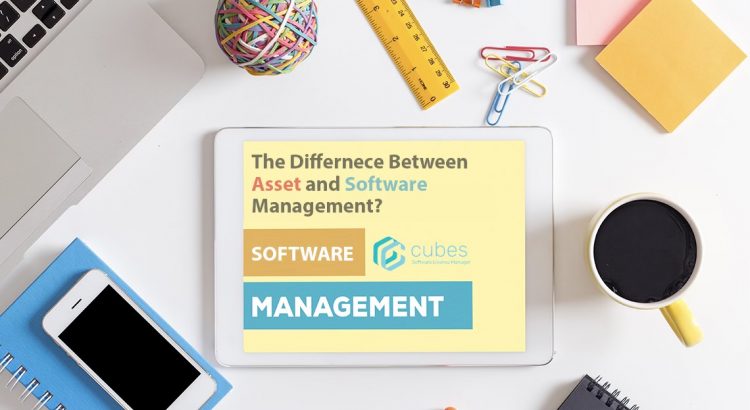Asset management software, is a tool designed to help businesses and organizations track and manage their physical and digital assets throughout their lifecycle. These assets can include tangible items such as computers, office equipment, machinery, vehicles, and furniture, as well as intangible assets like software licenses, patents, and warranties.
The primary functions of Asset Management Software typically include:
Asset tracking:
The software allows users to create a centralized database of all assets, including relevant information such as serial numbers, purchase dates, warranty details, and location. This tracking capability ensures that assets can be easily located and identified.
Asset lifecycle management:
It helps manage assets from acquisition to disposal. Users can track asset depreciation, maintenance schedules, and assess when an asset is due for replacement or retirement.
Maintenance scheduling:
The software enables users to schedule and track maintenance tasks for assets. Regular maintenance can extend an asset’s lifespan, prevent breakdowns, and reduce downtime.
Procurement management:
It assists in the procurement process by providing insights into which assets are needed, their costs, and supplier information.
Risk and compliance management:
Asset management software can aid in ensuring that assets adhere to regulatory and compliance requirements, especially for industries with specific guidelines.
Reporting and analytics:
It generates reports and provides analytics to offer insights into asset utilization, depreciation, maintenance costs, and other crucial metrics for making informed decisions.
Integration and automation:
Many asset management systems integrate with other business software like accounting, ERP, or CMMS (Computerized Maintenance Management System) to streamline processes and reduce manual data entry.
Overall, asset management software (AMS) plays a vital role in optimizing asset utilization, reducing downtime, controlling costs, and improving operational efficiency for businesses and organizations of all sizes.
What is Software Asset Management (SAM)?
Software Asset Management, or SAM, refers to the comprehensive process of strategically managing an organization’s software assets throughout their entire lifecycle. This involves acquiring, deploying, tracking, maintaining, and disposing of software licenses efficiently. The primary goal of SAM is to ensure that an organization’s software assets are optimized, compliant with licensing agreements, and aligned with business needs.
Key Components of SAM:
Reporting and Analytics:
SAM generates valuable reports and analytics, offering insights into software usage, license compliance, cost optimization, and future planning.
Inventory and Discovery:
The first step in SAM involves creating an accurate and up-to-date inventory of all software assets across the organization. This includes installed applications, licenses, versions, and related hardware.
License Management:
SAM entails tracking software licenses and ensuring compliance with vendor agreements. By carefully monitoring license usage, organizations can avoid unnecessary costs, potential legal issues, and penalties.
Software Usage Monitoring:
SAM tools enable organizations to monitor how employees use software applications. This data helps identify underused or unused licenses and provides insights to optimize license allocation.
Contract Management:
SAM involves maintaining a centralized repository of all software-related contracts and agreements. This allows organizations to keep track of renewal dates, terms, and conditions, reducing the risk of non-compliance.
Security and Patch Management:
Keeping software up-to-date with the latest security patches is crucial for protecting against potential vulnerabilities and cyber threats. SAM plays a vital role in ensuring timely updates and maintenance.
Difference between AMS and SAM:
Asset Management System (AMS) and Software Asset Management (SAM) are often used interchangeably, leading to confusion. However, they are distinct concepts with different focuses:
Scope of Assets Managed:
AMS covers a broader range of assets, including physical assets such as hardware, equipment, and furniture. It extends beyond software to encompass the management of tangible and intangible assets in an organization.
On the other hand, SAM is specifically dedicated to managing software assets, including applications, licenses, and related documentation.
Complexity and Granularity:
AMS tends to be more complex and diverse since it handles various asset types, each with its unique attributes, lifecycles, and tracking methods.
SAM, while focused on software assets, dives deeper into complexities such as license compliance, version control, usage monitoring, and vendor-specific requirements.
Regulatory Compliance:
Both AMS and SAM involve compliance management, but SAM places a particular emphasis on software licensing agreements, which can have legal implications if not properly managed.
Software Asset Management (SAM) plays a critical role in helping organizations effectively manage their software assets. It ensures optimal usage, compliance, and cost-efficiency, while reducing the risks associated with software audits and non-compliance penalties. While similar in some aspects, Asset Management System (AMS) and SAM are not synonymous. AMS handles a broader range of physical and intangible assets, whereas SAM is dedicated solely to the management of software assets. Understanding the differences between these two concepts is essential for organizations seeking to implement robust asset management practices and achieve operational excellence in today’s digital era.

Tangent has created a software asset management solution named Cubes.
A software asset management solution, or SAM, focuses strictly on managing digital software. SAM solutions are essential for organizations to assist in reducing spending, efficiently keep track of subscriptions, and easily capture software spending and utilization.
10 Reasons to Use a Software Asset Management (SAM) solution:
- Comprehensive Asset Tracking: An effective SAM solution should offer robust asset tracking capabilities, allowing you to keep track of software assets throughout their lifecycle. This includes details like license information, versions, installations, and usage.
- License Compliance and Optimization: A good SAM solution helps you maintain compliance with software licenses and ensures you are using software within the terms of your agreements. It can also help optimize license usage to minimize costs and avoid unnecessary purchases.
- Cost Savings: By identifying underutilized licenses or software, a SAM solution can help you optimize your software spending and avoid unnecessary renewals or purchases.
- Risk Mitigation: SAM solutions aid in identifying and mitigating potential security risks by ensuring all software is up-to-date with security patches and updates, reducing the chances of vulnerabilities.
- Automation and Efficiency: SAM software streamlines manual processes, automates routine tasks like license renewals, and provides real-time insights through dashboards and reports, saving time and effort for IT teams.
- Centralized Management: A good SAM solution offers centralized visibility and control over software assets, making it easier to manage licenses, updates, and compliance across the organization.
- Integration Capabilities: Integration with other IT management systems like ITSM (IT Service Management) tools or CMDB (Configuration Management Database) allows for a more cohesive IT environment.
- Scalability: The SAM solution should be scalable to accommodate the growing needs of your organization as it expands.
- Vendor and Contract Management: Effective SAM solutions can help track vendor information, software contracts, and renewal dates, ensuring that you stay on top of license agreements.
- Audit Preparation: When facing software audits from software vendors, a SAM solution can provide accurate and up-to-date data, simplifying the audit process and minimizing compliance risks.
Before selecting any SAM solution, it is essential to conduct thorough research, evaluate different options, and consider the specific needs and size of your organization.
We are happy to help you determine if Cubes is right for you, give us a call!: +1 800 342 9388
